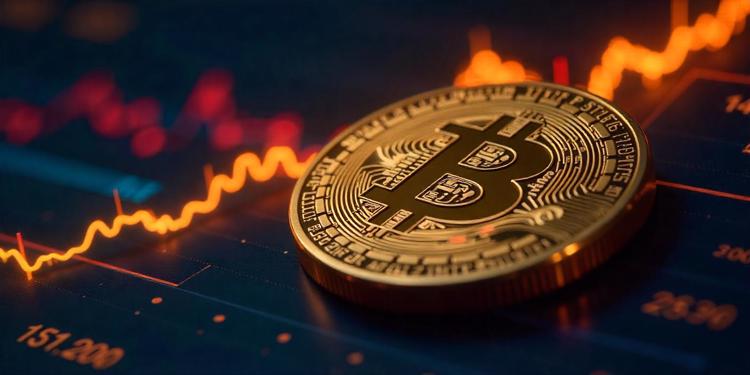Beyond Dawlish

The Bitcoin halving is not a technological upgrade or a feature you can interact with, but rather a highly anticipated event that takes place approximately every four years. It is hardcoded into the Bitcoin protocol and has a powerful influence on the cryptocurrency’s economics. At each halving, the reward miners receive for validating Bitcoin transactions is cut in half, reducing the rate at which new BTC enters circulation. This built-in supply management mechanism sets Bitcoin apart from traditional fiat currencies, which can be printed endlessly by central banks. The halving plays a key role in preserving scarcity, encouraging long-term holding (or “HODLing”), and potentially driving price appreciation over time.
What is Bitcoin Halving?
A Deflationary Mechanism
Bitcoin has a fixed supply limit of 21 million coins. To ensure a gradual distribution over time, the Bitcoin protocol includes a halving mechanism. This process reduces the mining reward by 50% every 210,000 blocks—roughly every four years. When Bitcoin first launched in 2009, miners received 50 BTC per block. This dropped to 25 BTC after the first halving in 2012, then to 12.5 BTC in 2016, and to 6.25 BTC in 2020. Most recently, the 2024 halving event reduced the reward to 3.125 BTC.
This system was designed by Bitcoin’s pseudonymous creator, Satoshi Nakamoto, to ensure predictable scarcity. Unlike fiat currencies that can be inflated at will, Bitcoin follows a transparent, decentralized monetary policy. The halving is a cornerstone of this vision, ensuring that Bitcoin becomes progressively more scarce over time—earning it the label “hard money.”
Why is Bitcoin Halving Important Now?
Economic Instability and Inflation
The significance of the Bitcoin halving has grown in the context of modern economic challenges. Events such as the 2020 COVID-19 pandemic and its aftermath showcased the vulnerabilities of the fiat monetary system. In response to the crisis, central banks around the world, especially the U.S. Federal Reserve, engaged in large-scale money printing to stimulate the economy. While this temporarily stabilized markets, it also led to inflationary pressures and reduced the purchasing power of fiat currencies.
Bitcoin’s fixed supply and halving events offer a stark contrast to this inflationary model. As fiat currencies become increasingly devalued through excessive money creation, Bitcoin becomes more appealing as a hedge against inflation. The halving contributes directly to this value proposition by making new coins more scarce, which can strengthen demand and potentially increase the asset’s market value.
Creating Natural Scarcity
Scarcity is a fundamental economic principle that drives value. The halving ensures that the rate of new Bitcoin entering the market slows down over time, which reinforces the perception of Bitcoin as a scarce asset. In a world where central banks can produce trillions of dollars at the push of a button, Bitcoin’s halving represents discipline and predictability. It is this built-in scarcity that positions Bitcoin as “digital gold.”
Bitcoin and Financial Responsibility
A Culture of Saving, Not Spending
Fiat currencies are typically driven by credit, borrowing, and consumer spending. Governments encourage this cycle to stimulate economic growth. However, it also leads to rising debt, inflation, and financial instability. In contrast, Bitcoin encourages a mindset of saving and long-term investment. The halving amplifies this effect by reducing new supply, which in turn motivates individuals to hold their BTC in anticipation of future price increases.
In economies where national debt is surging—such as the U.S., where student loans and government borrowing have reached unprecedented levels—Bitcoin offers an alternative that is not based on debt or central authority. It represents a shift toward financial responsibility and independence. People are drawn to Bitcoin not just for profits, but for its promise of a decentralized, inflation-resistant form of money.
Conclusion
The Bitcoin halving is far more than a technical occurrence in the crypto space. It is a foundational mechanism that enforces scarcity, promotes responsible financial behavior, and challenges the inflationary nature of traditional economic systems. As global uncertainties continue to mount, the importance of the Bitcoin halving grows even more relevant. With each halving, Bitcoin moves closer to fulfilling its vision as the hardest, most resilient money ever created.




